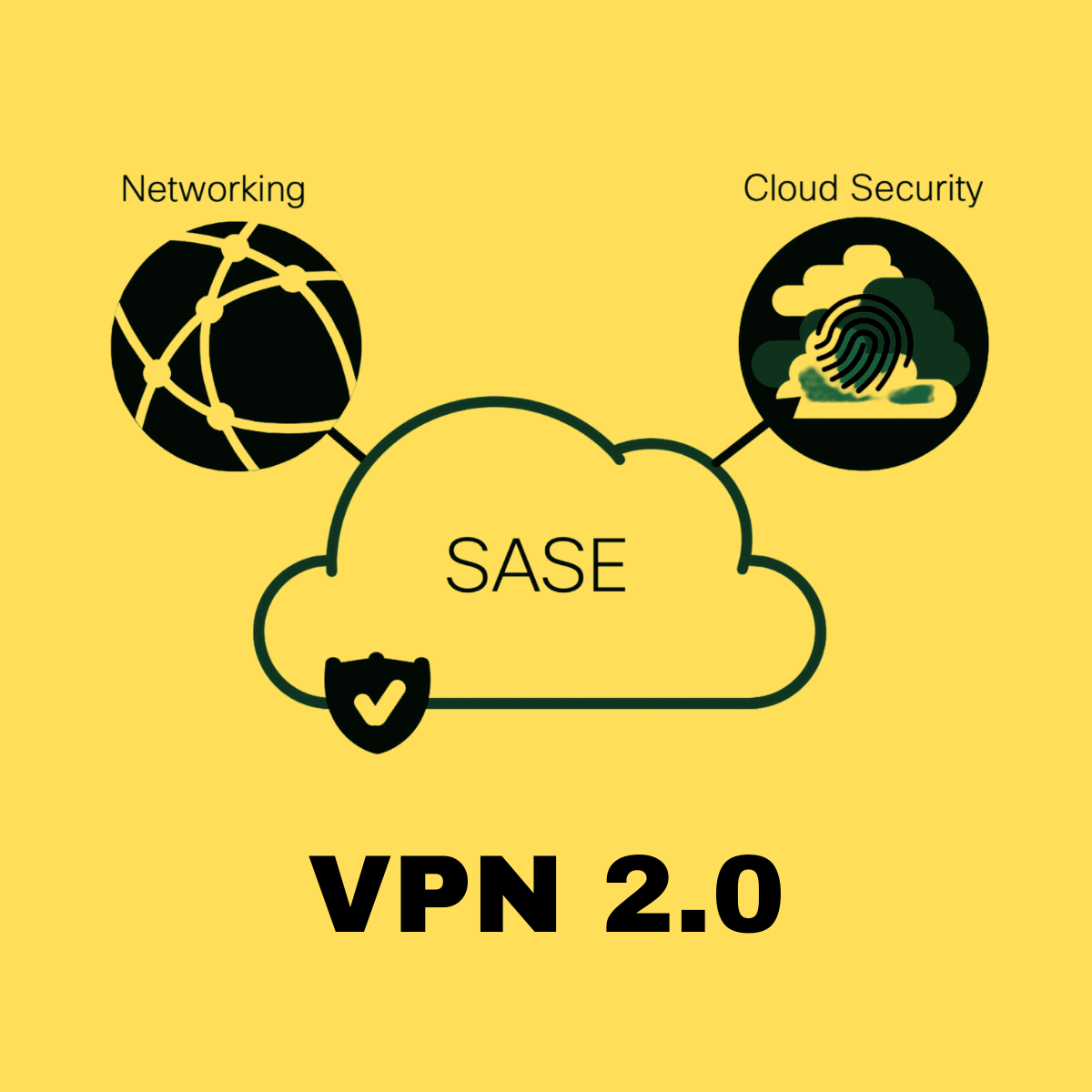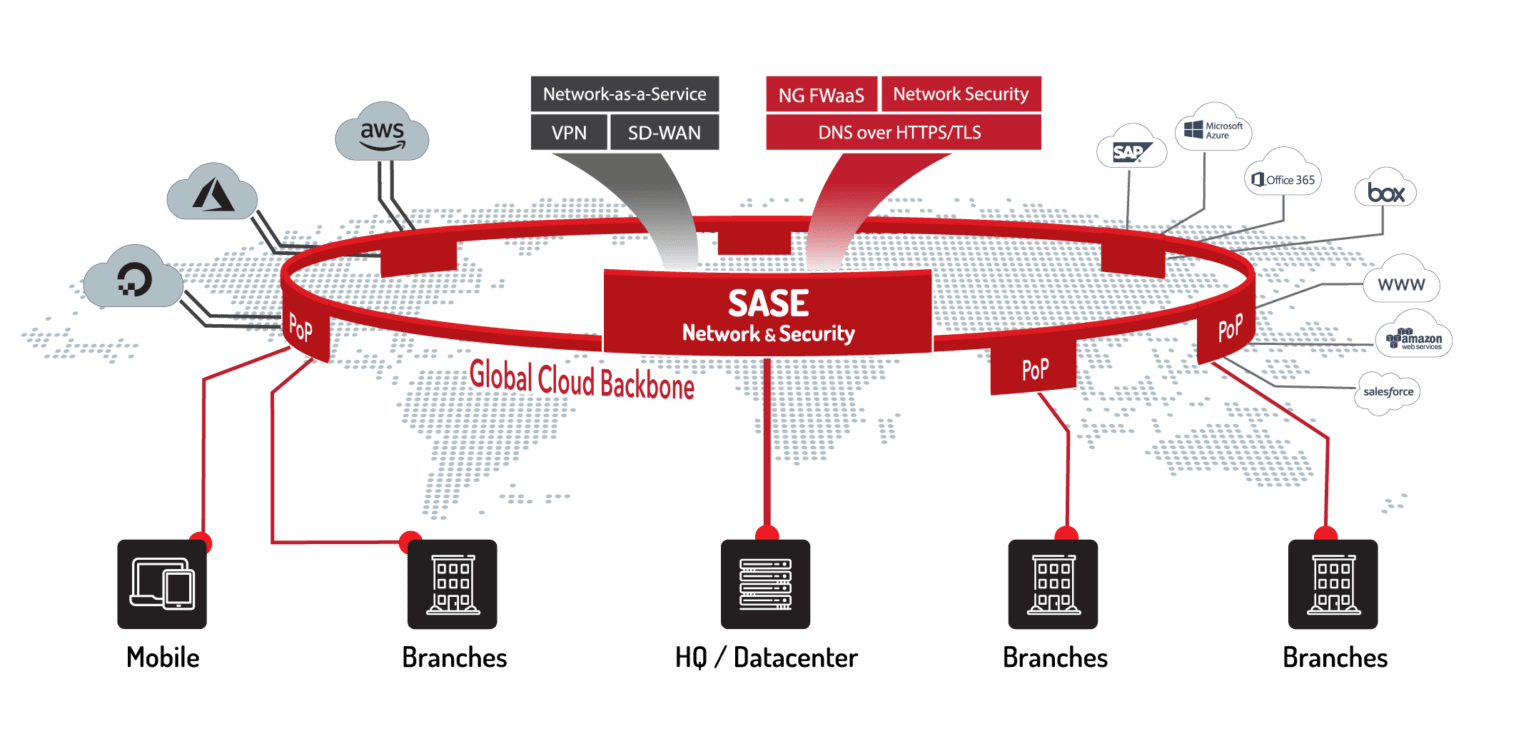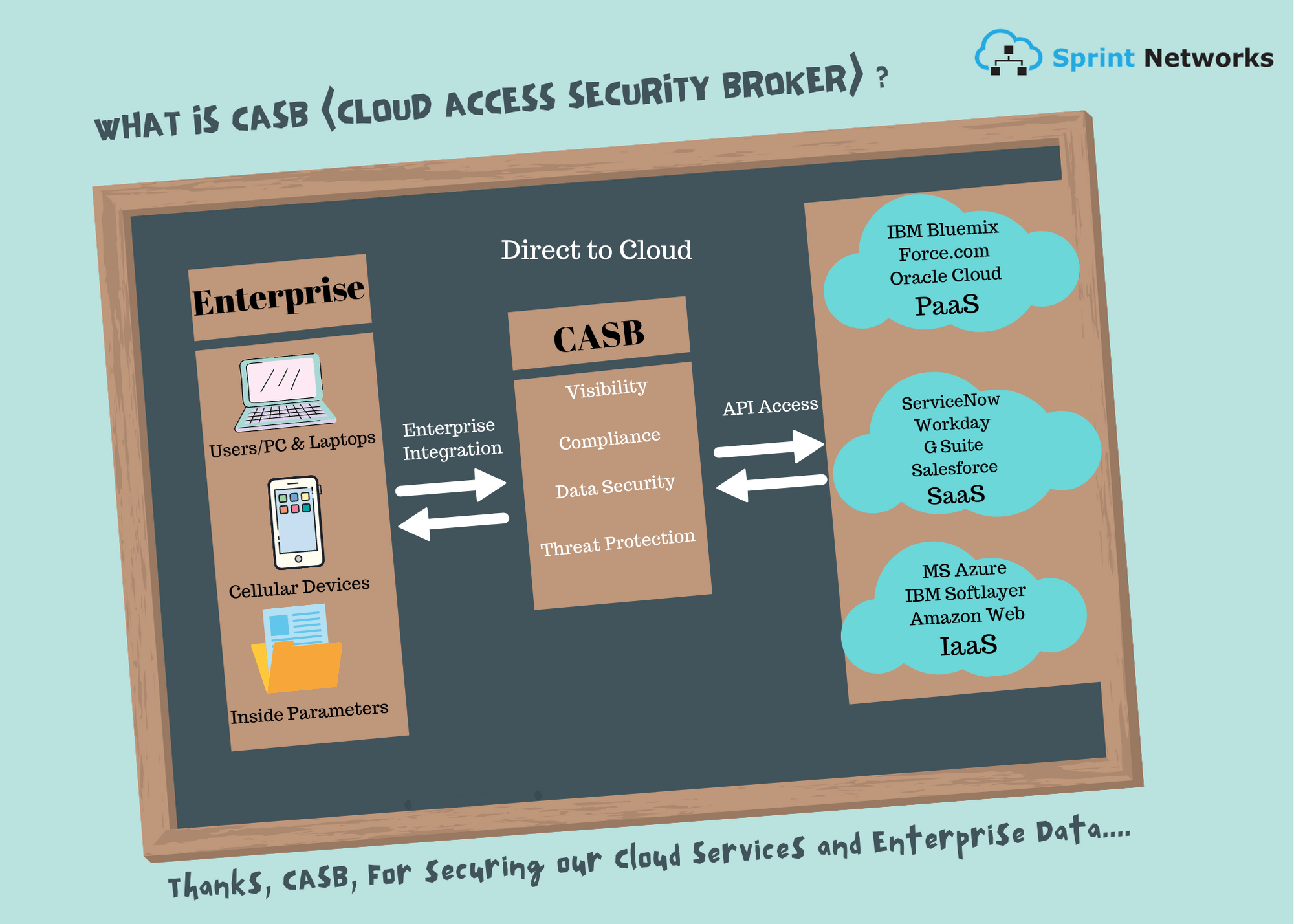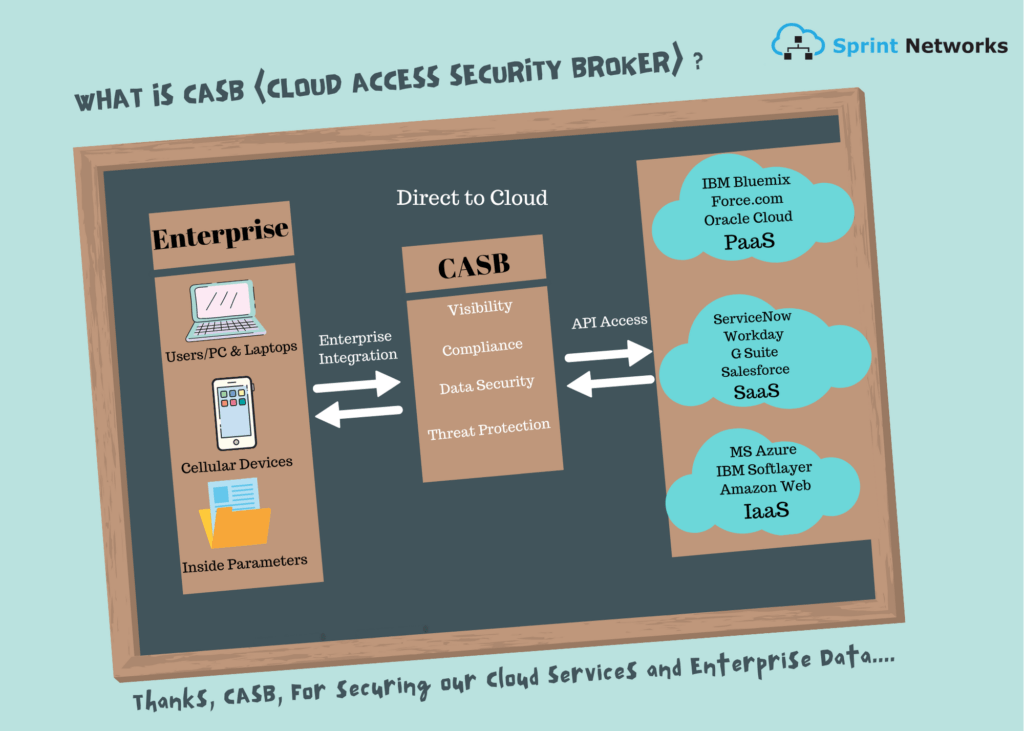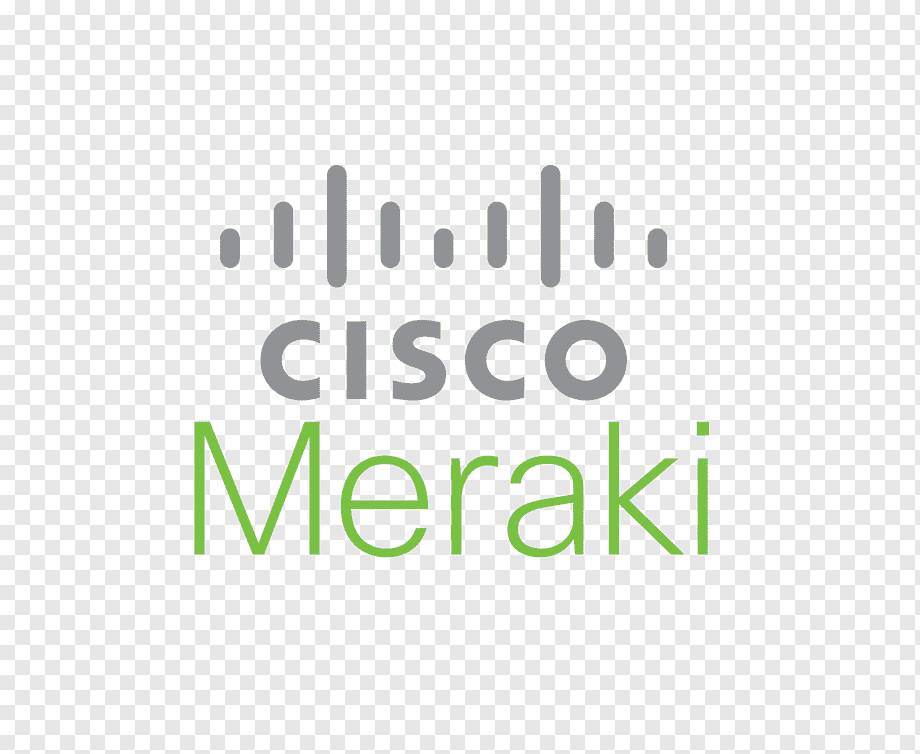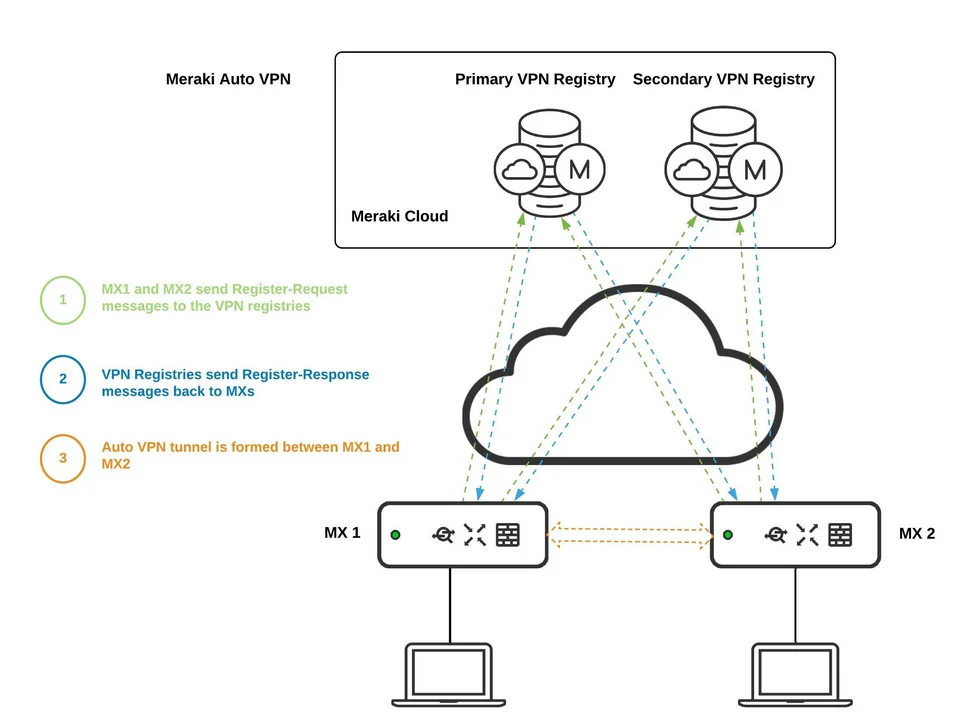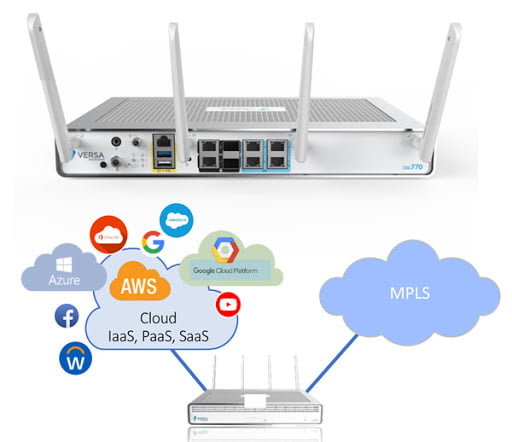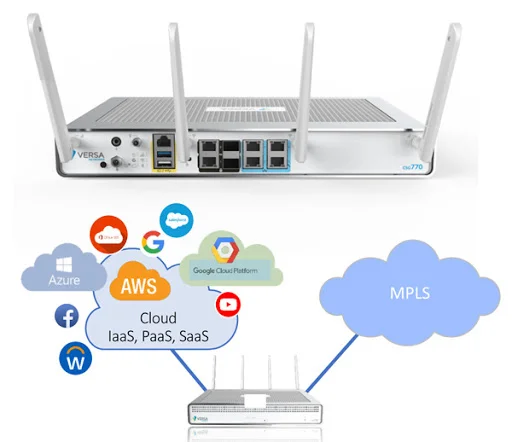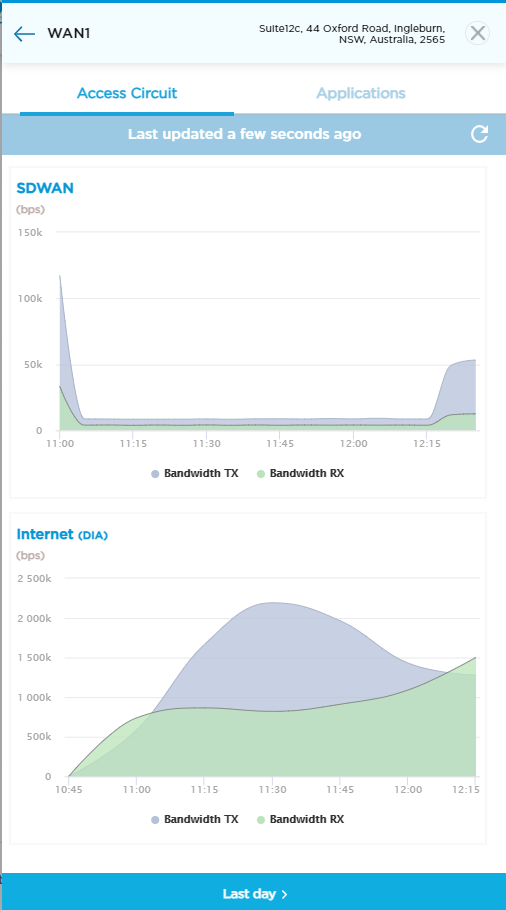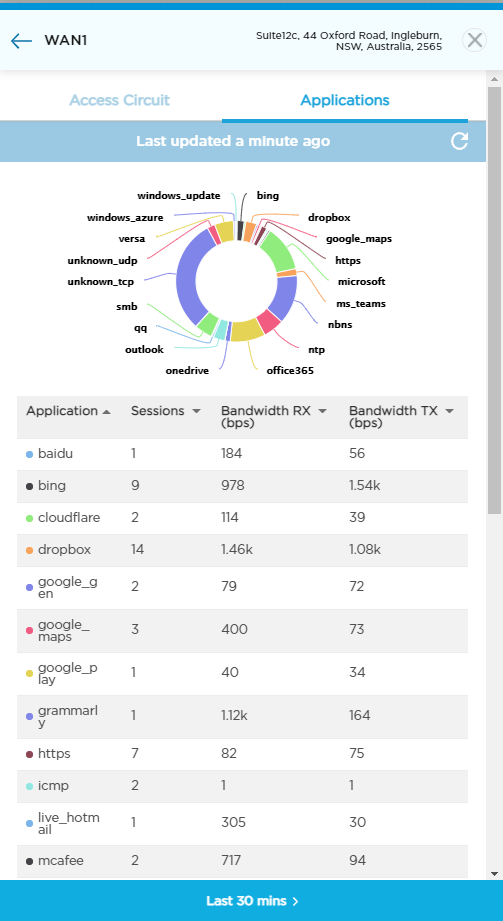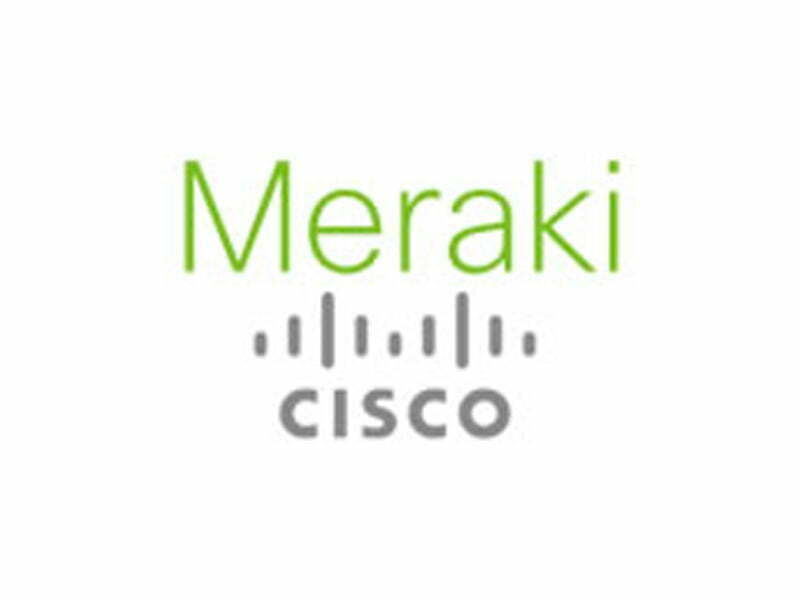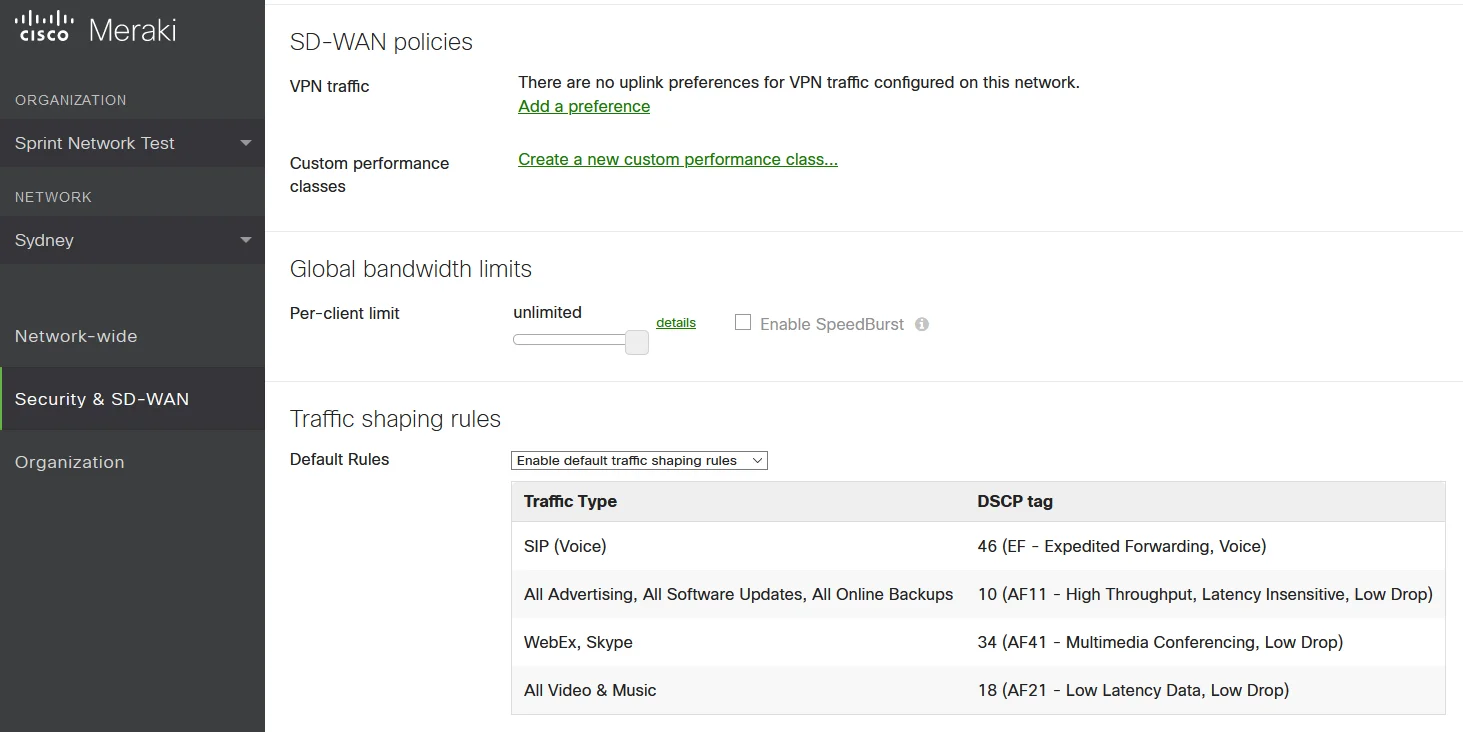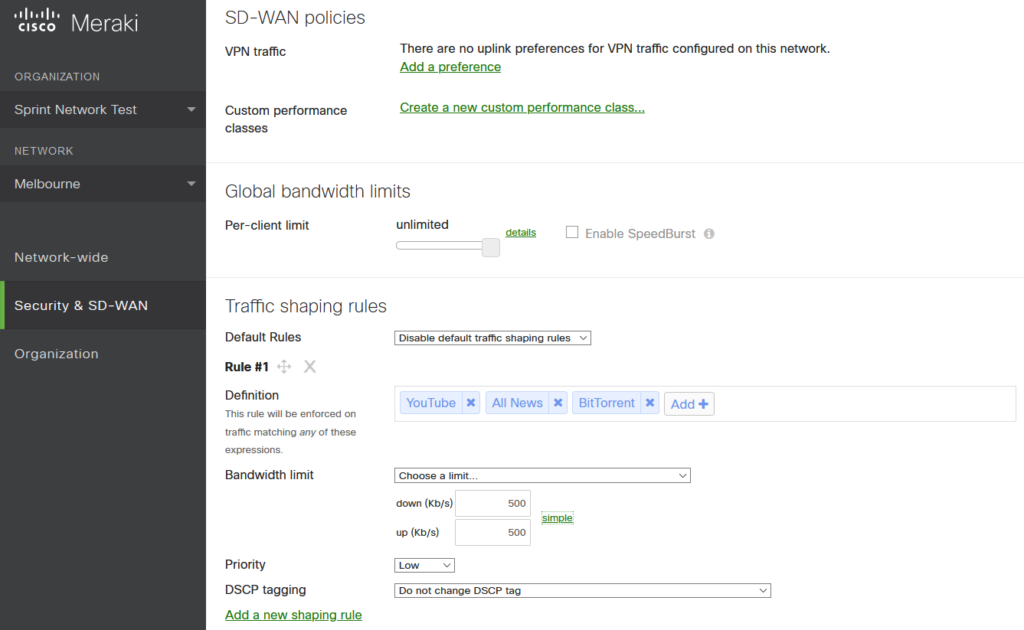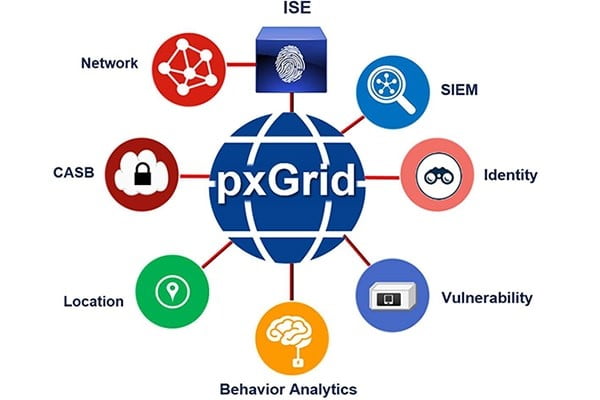
Platform Exchange Grid
Keeping a network and its connected devices secured and operating smoothly requires numerous IT tools and platforms. This is especially true in today’s IT infrastructure. The information which has been created in between is not shared. These tools and platform works perfectly within their own domains, but the information cannot be shared with other platforms to help to build self-adapt ecosystem. While this issue has been addressed using purpose-build, platform-independent APIs, but the number of platforms indicates the cost of learning those APIs and master them will be unacceptable and could create further unnecessary tasks.
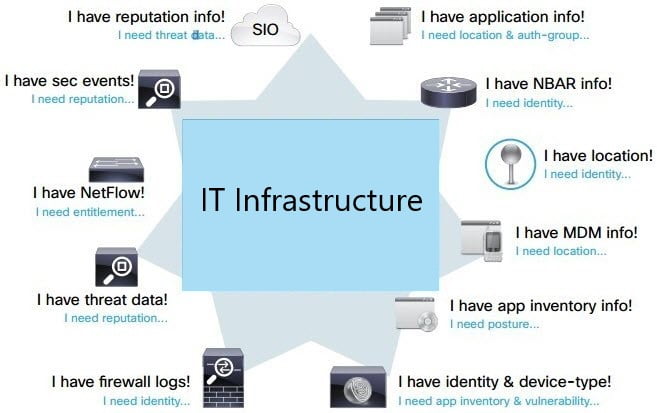
Cisco Platform Exchange Grid, known as pxGrid, enables multivendor, cross-platform network system collaboration among parts of the IT infrastructure such as security monitoring and detection systems, network policy platforms, asset and configuration management, identity and access management platforms, and virtually any other IT operations platform. When business or operational needs arise, ecosystem partners use pxGrid to exchange contextual information with Cisco products that support pxGrid.
Cisco pxGrid provides a unified framework that enables ecosystem partners to integrate to pxGrid once, then share context either unidirectionally or bidirectionally with many platforms without the need to adopt platform-specific APIs. pxGrid is secure and customizable, enabling partners to share only what they want to share and consume only context relevant to their platform.

Key features of pxGrid include
- Ability to control what context is shared and with which platforms: Because pxGrid is customizable, partners can “publish” only the specific contextual information they want to share and can control the partner platform that information gets shared with.
- Bidirectional context sharing: pxGrid enables platforms to both share or publish context as well as consume or “subscribe to” context from specific platforms. These features are orchestrated and secured by the pxGrid server.
- Ability to share context data in native formats: Contextual information shared via pxGrid is done in each platform’s native data format.
- Ability to connect to multiple platforms simultaneously: pxGrid enables platforms to publish only the context data relevant to partner platforms. Numerous context topics may be customized for a variety of partner platforms, yet always shared via the same reusable pxGrid framework. Furthermore, only sharing relevant data enables both publishing and subscribing platforms to scale their context sharing by eliminating excess, irrelevant data.
- Integration with Cisco platforms: pxGrid provides a unified method of publishing or subscribing to relevant context with Cisco platforms that utilize pxGrid for third party integrations.

